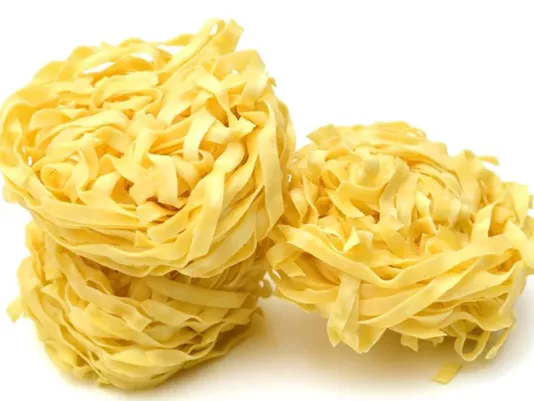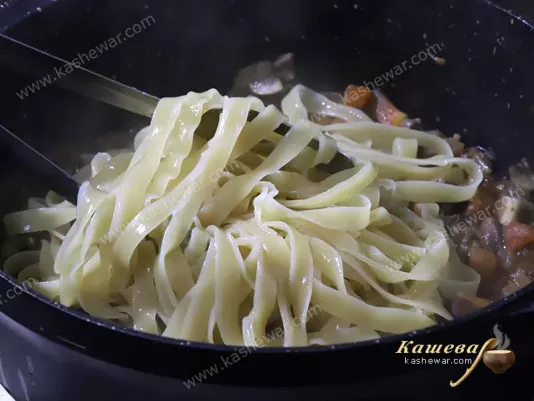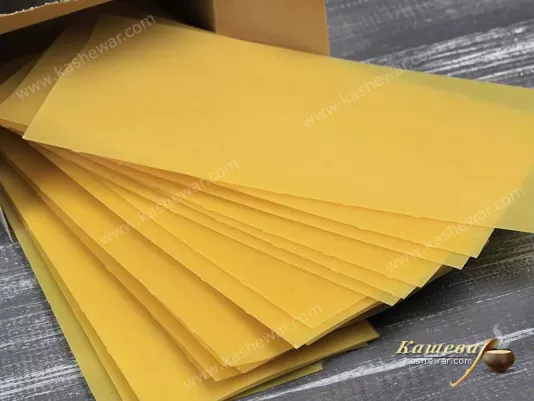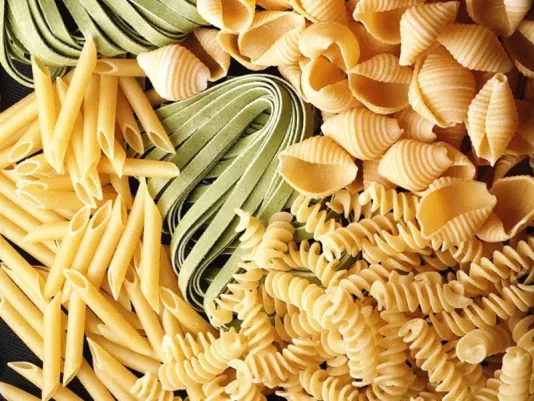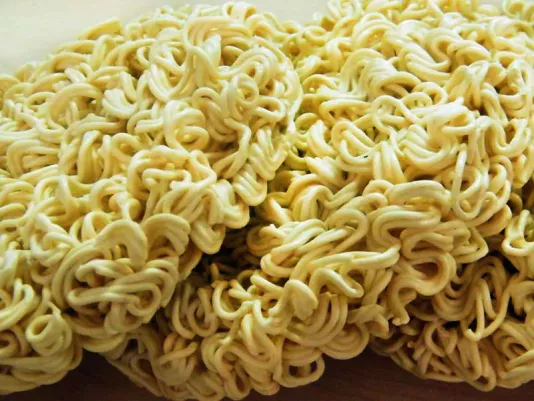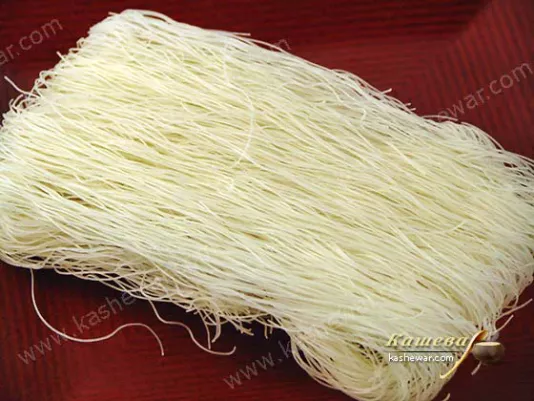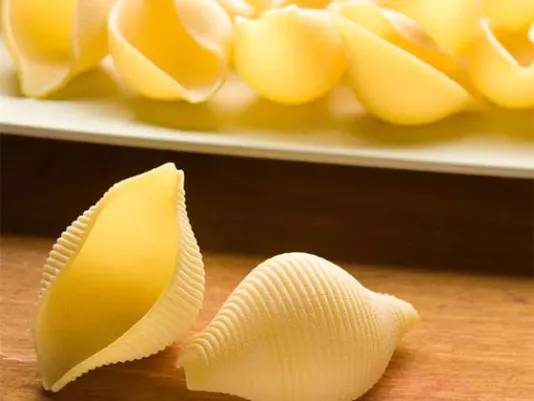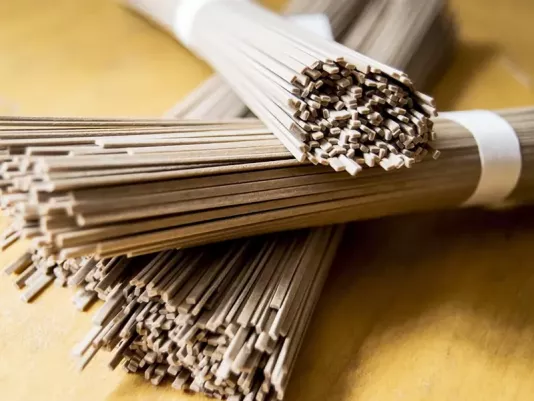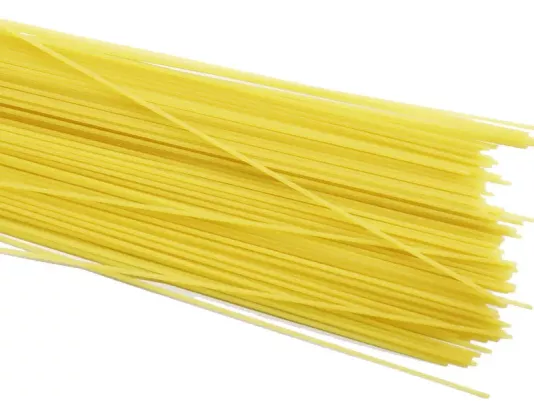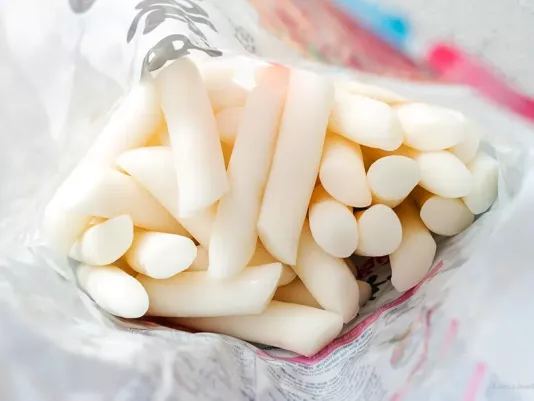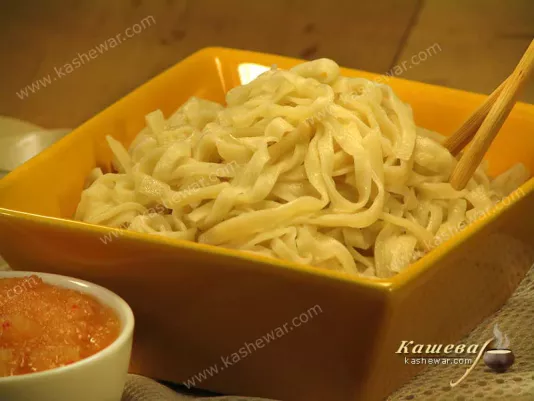Pasta and Macaroni
Pasta and macaroni for me are ingredients that always save the day when I need to quickly prepare something tasty and filling. They are suitable for both everyday menus and festive meals, as with the right sauce any pasta turns into a culinary masterpiece. I enjoy experimenting with different types: from classic wheat to whole grain or gluten-free options. Each of them has its own character and taste, so I always choose pasta depending on the occasion and my mood. I like that pasta pairs perfectly with meat, fish, vegetables, and even with simple sauces based on olive oil and spices. It is a universal product that allows me to create countless variations – from light summer meals to rich winter recipes.
Different Types of Pasta and Macaroni
Classic Types of Pasta
Classic pasta has always been the foundation of cooking for me, as it is from it that you can create countless dishes – from the simplest to the most refined. I use spaghetti most often because it pairs perfectly with tomato sauce, olive oil, herbs, and seafood. I like penne because its shape holds sauces well, making dishes rich and flavorful. I choose fusilli for salads, as their spirals hold even light dressings, adding an attractive look to the dish. Lasagna is special for me: I cook it in the classic version with meat sauce and cheese, as well as in vegetable versions. I like that classic types of pasta are universal – they can be served with simple sauces or complex ones, creating new combinations each time. I always cook pasta al dente, because this way it keeps its shape, taste, and pairs better with sauces. For me, classic pasta is not only a quick dinner but also the basis of culinary creativity that always brings inspiration and new ideas.
Whole Grain and Gluten-Free Macaroni
I started using whole grain and gluten-free macaroni when I wanted to make my menu healthier and more diverse. Whole grain types for me are an excellent alternative to classic ones, as they contain more fiber and nutrients, making dishes more filling and beneficial. I often prepare salads or side dishes with them, adding vegetables and herbs, and such meals always turn out balanced. Gluten-free macaroni was a real discovery for me: they are made from rice, corn, or buckwheat flour and have their own unique taste. I like to use them in light vegetable dishes or with fish sauces, where their delicate texture reveals itself best. I especially value the fact that thanks to these types of macaroni I can treat friends with different dietary preferences without limiting their choice of dishes. For me, whole grain and gluten-free macaroni are an example of how modern cooking allows combining traditional recipes with new opportunities for healthy eating.
Shaped and Short Macaroni
Shaped and short macaroni have always been my favorite choice when I want to cook something not only tasty but also visually appealing. Elbows, shells, bows, or spirals I often use in salads and soups, as they hold their shape well and retain dressings or broth. Children especially love such macaroni because they look fun and make even simple dishes attractive. In hot meals, I combine short macaroni with vegetables, meat, or cheese sauces, and the result is hearty and appetizing. Shaped types for me are always associated with home comfort, as they are convenient to serve in any form – from quick everyday lunches to festive meals. I noticed that such macaroni go perfectly with thick sauces that fill all their curves, making the dish especially delicious. When I cook casseroles, I also prefer short macaroni because they keep their shape better after baking. For me, shaped and short macaroni are always a way to make a dish diverse, fun, and at the same time nutritious.
Stuffed and Special Types of Pasta
Stuffed and special types of pasta always remind me of festive meals and special occasions. I like to cook cannelloni or ravioli with different fillings: meat, cheese, or vegetable, and each time they acquire a new character. Such dishes require more time and attention, but the result is always worth the effort – they look impressive and taste incredible. Lasagna also belongs to this category for me: I experiment with fillings, combining the classic Bolognese sauce with vegetables or mushrooms, creating my own variations. Special types of pasta, such as black pasta with cuttlefish ink or colorful macaroni with vegetable extracts, I use to surprise guests and make the serving brighter. I like that such pasta not only looks beautiful but also adds new shades of flavor. For me, stuffed and special types of pasta are pure culinary creativity, where you can show imagination and create a real restaurant-level dish at home. They always make dinner special and leave pleasant impressions.
How I Choose and Store Pasta and Macaroni
When I choose pasta or macaroni, I always pay attention to their color and structure. Quality macaroni have an even shade and a smooth surface without cracks or spots. It is important for me that the composition contains only flour and water, as this guarantees a natural taste. I often buy pasta made from durum wheat, as it keeps its shape better during cooking and has a rich taste. If I choose gluten-free options, I prefer rice or corn ones, as they have a pleasant texture. I like to store pasta in glass jars or original packages in a dry and dark place – this way it does not absorb moisture or odors. It is very important to keep macaroni away from spices or strong aromas, as they can change the taste. I store fresh pasta in the refrigerator and use it within a few days, and sometimes even freeze it to always have a ready base for meals on hand. Thanks to proper selection and storage, I am sure that pasta will always be tasty and of high quality, and dishes with it will turn out exactly as I intended.

